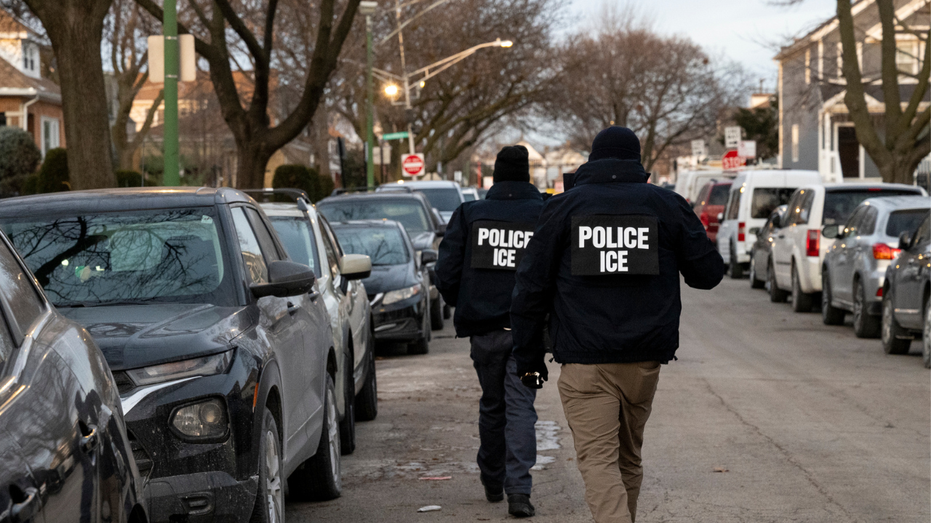Homeland Security Eliminates "Sanctuary Jurisdictions" List from Official Website Amid Policy Shift
DHS removes 'sanctuary jurisdictions' list from website, now displaying 'page not found' instead.

The Department of Homeland Security's controversial list of "sanctuary jurisdictions" has abruptly vanished from its official website, just days after it was initially published. The list, released last Thursday, named multiple portions of 35 states as well as the District of Columbia, declaring that these regions "undermine the rule of law and endanger the lives of Americans and law enforcement." The move to expose these so-called sanctuary jurisdictions was highlighted by DHS on its social media, stating: "We are exposing these sanctuary politicians who harbor criminal illegal aliens and defy federal law."
However, as of Monday, attempts to view the list online now lead to a "Page Not Found" message, accompanied by an explanation that the page may have been moved or deleted. This disappearance sparked questions and confusion among both supporters and critics of the policy. Responding to inquiries, a senior Homeland Security official clarified that the list is subject to ongoing review and could be updated or changed at any time. The official emphasized that "designation of a sanctuary jurisdiction is based on the evaluation of numerous factors, including self-identification as a Sanctuary Jurisdiction, noncompliance with Federal law enforcement in enforcing immigration laws, restrictions on information sharing, and legal protections for illegal aliens."
Homeland Security Secretary Kristi Noem addressed the issue during a televised interview, reiterating the administration's commitment to tracking and confronting sanctuary jurisdictions. According to Noem, some localities have disputed their inclusion on the list, arguing that the absence of certain laws should exempt them from the designation. Nevertheless, Noem asserted, "They are giving sanctuary to criminals because they are not backing up our ICE officers, because they are not out there honoring detainers, they are not letting us know when these dangerous criminals are being released from their courthouses..." She stressed that the continued use of the list is crucial to identifying jurisdictions that do not fully cooperate with federal immigration enforcement.
Before being pulled from the site, the DHS had issued stern warnings to those named on the list, with statements demanding immediate policy changes: "Each jurisdiction listed will receive formal notification of its non-compliance with Federal statutes... DHS demands that these jurisdictions immediately review and revise their policies to align with Federal immigration laws and renew their obligation to protect American citizens, not dangerous illegal aliens."
However, the list also triggered backlash from several jurisdictions, some of which claimed their inclusion was either erroneous or unjustified. In California, Huntington Beach was included despite recently passing a resolution declaring itself a "non-sanctuary city" and actively suing the state over its sanctuary law. Similarly, Shawano County officials in Wisconsin insisted their placement was due to a misunderstanding, noting the county's "Second Amendment Sanctuary" stance pertained only to gun rights, not immigration policy. The administrator for Shawano County highlighted that, contrary to the list's implication, no measures had ever been passed to provide sanctuary for undocumented immigrants.
The brief publication, swift removal, and ensuing controversy around the DHS sanctuary jurisdictions list has invigorated debate over federal authority, local autonomy, and the ongoing battle over immigration policy in the United States. As the Biden administration and federal agencies face mounting scrutiny, the status and future of the sanctuary jurisdiction initiative remain uncertain.




